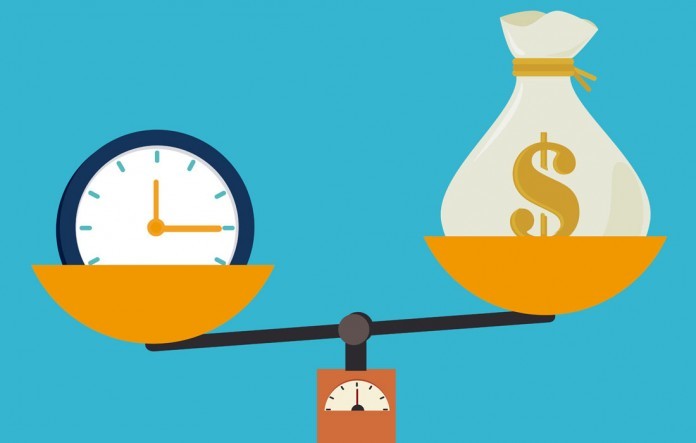What is opportunity Cost?
In economics, “opportunity cost” refers to the benefits foregone when selecting one course of action over another. It is, in essence, the value of the path not traveled. Opportunity costs are simple to ignore, but comprehending missed opportunities is essential to making better business decisions.
Investors are constantly presented with choices regarding where to put their money to get the best or safest return. The Cost of a passed-up alternative is the investor’s opportunity cost. When you choose one option over another, the price associated with that decision becomes your opportunity cost.
Or to put it another way, an opportunity cost is the regret you expect from not choosing another course of action. The opportunity cost, for instance, would be the time you could have spent having fun instead of studying for an exam.
This idea recognizes both the explicit and implicit costs of a choice and the costs of what you give up when you make that choice. Opportunity cost offers a framework for choosing the best course of action, especially when dealing with scarce resources like time and money.
Opportunity costs play a role in decisions made by many businesses and consumers. The opportunity cost will be taken into account by businesses when making choices regarding production, time management, and capital allocation.
Formula and Calculation of Opportunity Cost
The difference between the anticipated returns of each option is all that needs to be considered when calculating an opportunity cost. Consider a situation where a business must choose between the two options listed below.
Option A is to invest extra money in the stock market to possibly make capital gains.
Option B: Reinvest excess funds into the company to buy new machinery to boost production effectiveness.
Consider a scenario in which your business anticipates a 10% return from the updated equipment over the following year while the expected return on investment (ROI) in the stock market is 12%. Choosing the equipment over the stock market has a 2% opportunity cost (12% – 10%). In other words, by investing in the company, the company would pass up the chance to receive a higher return.
There are some things that could be improved in estimating opportunity costs. Different people may value the same options differently is a challenge. They are, therefore, relative to people and circumstances. Another difficulty is that we might underestimate the benefits of a decision when evaluating it.
Risk and Opportunity Cost
Risk is the potential for an investment to perform differently than expected and for the investor to lose part or all of their initial investment. The possibility that a chosen investment will have lower returns than a forgone investment is known as opportunity cost.
The more important difference between the two is that opportunity cost compares an investment’s actual performance to another investment’s actual performance, while risk compares an investment’s actual performance to the projected performance of the same investment.
Opportunity costs could be taken into account when choosing between two risk profiles. Investment A may or may not succeed if it is risky but has a 25% ROI, while Investment B is much less risky but only has a 5% ROI. The opportunity cost of choosing option B will become apparent if it fails. Therefore, when weighing options, decision-makers consider much more information than just opportunity cost dollar amounts.
Takeaways
Opportunity cost gauges the effects of choosing one course of action over another. It can be used in any decision-making process, despite investors frequently using it.
Opportunity cost can be considered when making decisions, but it is most accurate when comparing already made decisions.


Recent Comments